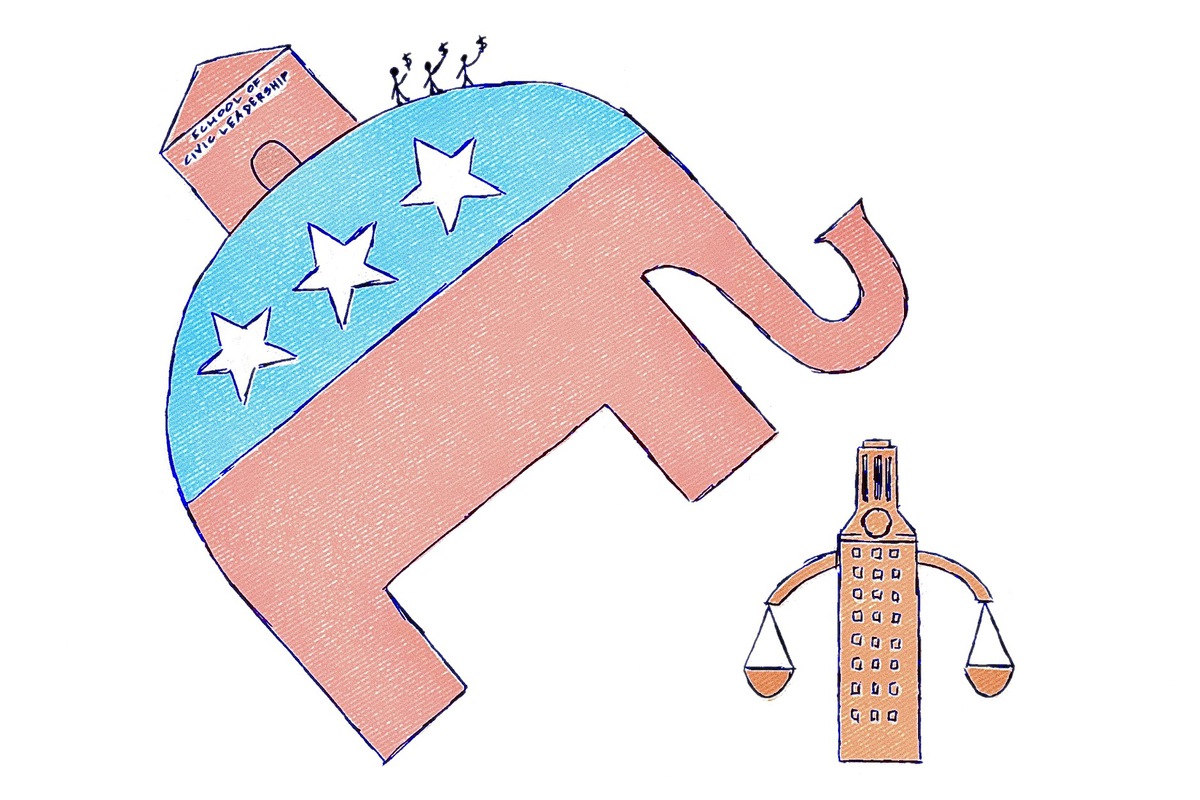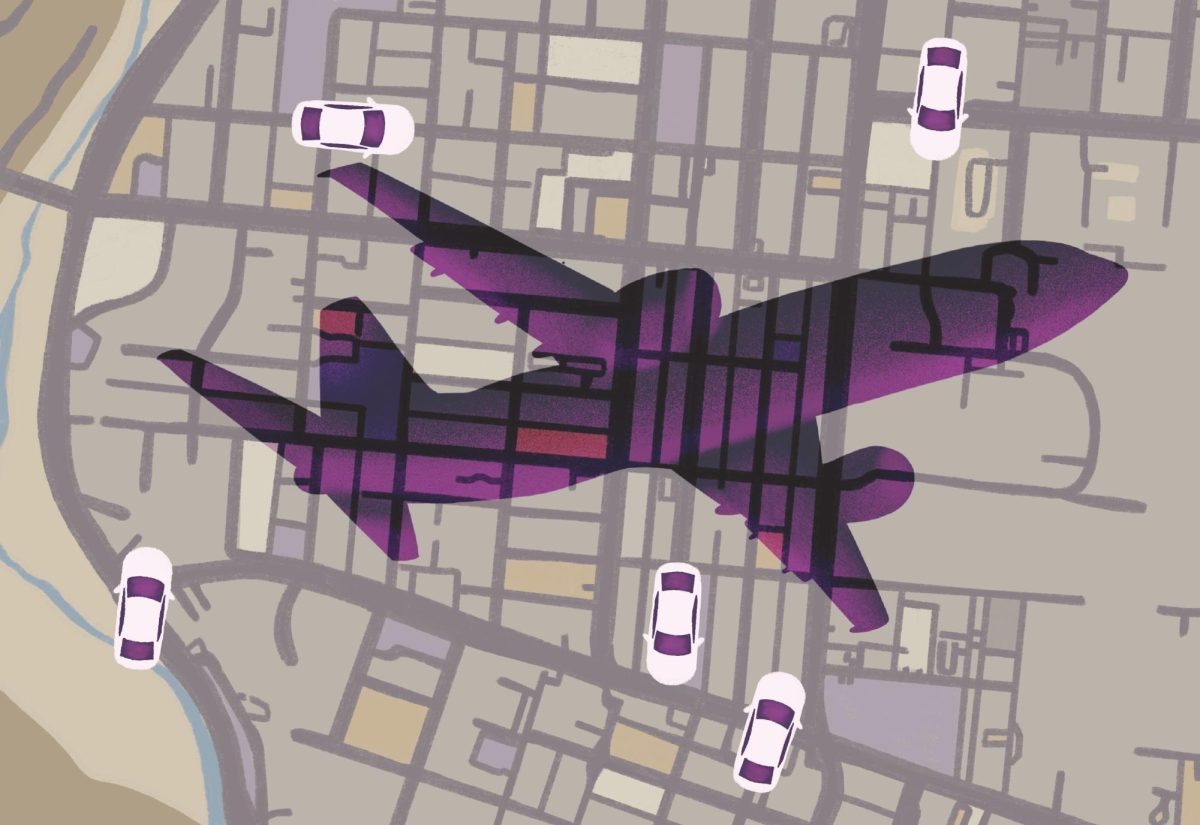Editor's note: An earlier version of this column misidentified the author as a "biology graduate" of the University. Galyon is currently a chemistry senior.
This past weekend, I saw a girl draped in giant black cloth in such a way that only her eyes were showing. I was not in Saudi Arabia or Iran; I was at a costume party in Austin. I immediately knew what the girl’s costume was supposed to portray: the generic, ever-present image of an oppressed Muslim woman in a “burqa.”
As a post-9/11 Muslim-American woman with a grandmother, a handful of aunts and cousins who practice wearing the niqab [the black strip of fabric that covers half the face below the nose], I did not hesitate to confront her. While I may not personally wear the niqab — I don’t believe it’s obligatory — it was frustrating to me that a woman had so casually donned a garment that non-Muslims have used to generate serious misunderstandings around Muslim gender expressions.
The girl told me that she was dressed as a woman in a burqa to generate discussion, even though she admitted she was no expert on Islam. In her words, she had read a few articles.
Throughout our conversation, the girl was defensive of her right to wear the burqa as a costume. People dress up as doctors for Halloween, she said. How is this any different?
It’s different because “Muslim woman” is not a costume, and it’s only the American obsession with colorblindness that allows her to see it as such.
Colorblindness allows Americans to believe that not commenting on the color of someone else’s skin saves them from racism. It also promotes cultural appropriation: the idea that anyone can wear or do anything cultural without context, including a burqa at a Halloween party.
Even though her costume did “start a discussion,” it was irresponsible and harmful to start discussions that she didn’t have the knowledge to sustain. I asked her if she remembered 9/11, if she knew what Islamophobia was. In response to my repeatedly pointing out that she was not an expert on Islam, the girl replied: “I’ll point people over to you if they have any questions.”
Theoretically, that would be great — except that I didn’t attend the party to lead a class on veiling in the Middle East.
Nor did she show up to the party knowing that I would be there to handle people’s inquiries. The crowd was growing more inebriated by the hour; the space was not conducive to teaching people about the nuances of Muslim gender expressions.
While I know that this girl probably didn’t intentionally wear a makeshift burqa to hurt anyone, her actions are a part of a much larger problem.
As I mentioned before, my grandmother wears the niqab. I love my grandmother dearly, but I cannot see her: She lives in the besieged city of Homs, Syria.
In recent months, the American people have overwhelmingly failed to feel compassion for the Syrian people. When Syria entered the national dialogue in late August following the sarin gas attack, I saw just how much sympathy American people lack for the Syrian plight. And the numbers are telling: UNICEF raised $70 million for Haiti after the 2010 earthquake in five weeks, but only a paltry $4 million for Syria in more than 130 days.
During that time, I emailed my communications professor to ask him for advice: Could he and I dissect what is going on with the communications failure on the part of the Free Syria activists and revolutionaries?
So we met, and we talked. And I’ll never forget what my professor told me: Americans will feel sympathy with people that look like them. Those who seek donations for Syria should make sure any images coming out of the country don’t have people wearing funny clothing.
Now come back, full-circle, to the girl wearing the “burqa” at the costume party. She is self-admittedly not able to educate people on Muslim veiling traditions, and is perpetuating the idea of the “Othered” Middle Eastern Muslim, and I, as a Muslim woman, was rightly insulted.
My friends had been socializing a distance off, watching my confrontation with the girl. One friend came over and told me to let it go so that we could have fun.
“What she is doing is not OK, but you’re not going to convince her of anything,” my friend said.
I reluctantly went with my friends. As I chatted with them, I watched the feathers of a Native American-style headdress bobbing through the crowd.
People shirk certain symbols only when they realize the meaning behind them and anticipate public rapprochement. But what we say or wear, especially in public, is political. When we don’t confront those who misuse cultural symbols, our voice and our silence add a vote to what we deem as acceptable and unacceptable in society. I don’t regret confronting the girl about her insensitive costume. And should you find yourself in a similar situation this Halloween, you shouldn’t, either.
Galyon is a chemistry senior from Sugar Land.




















